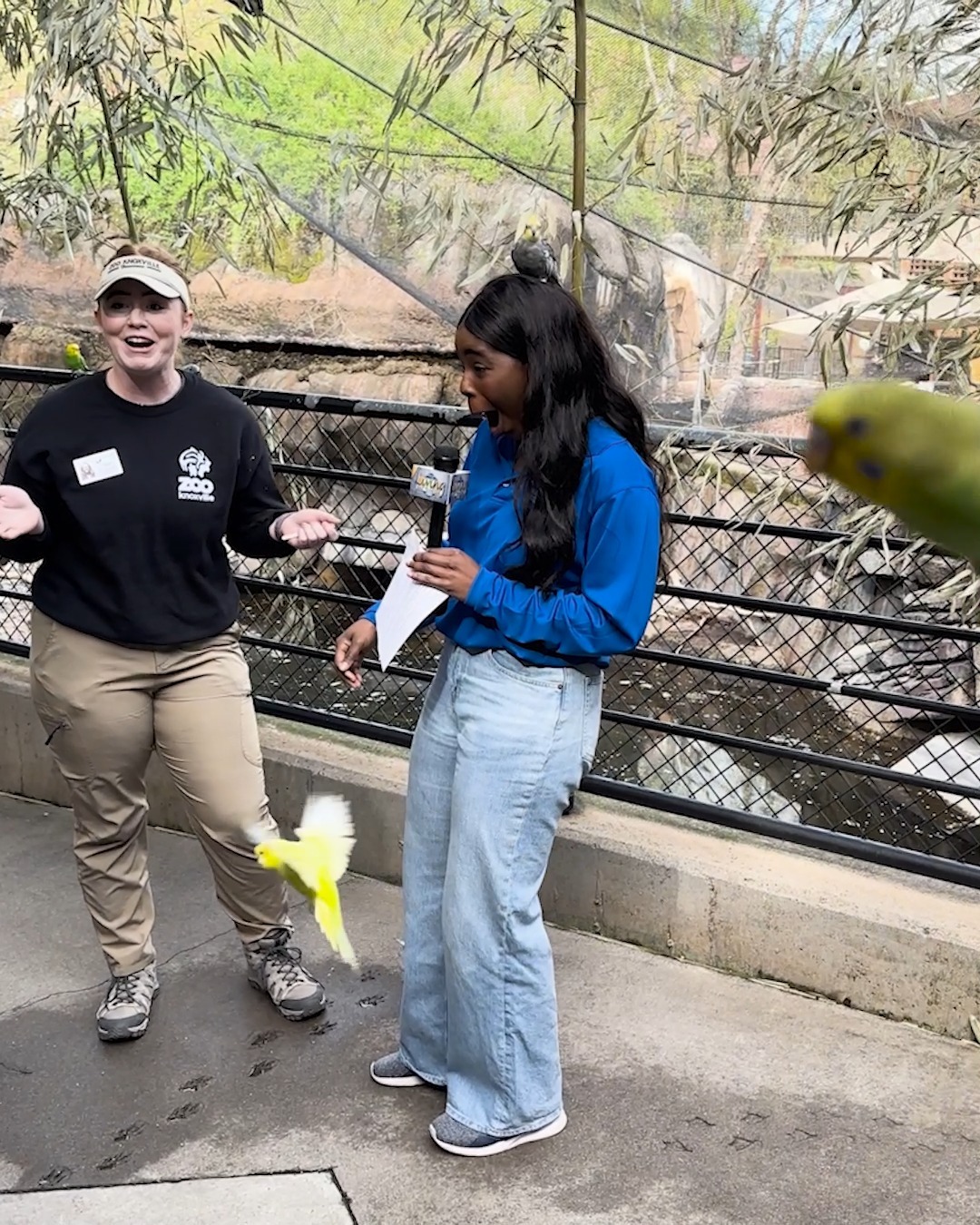– The role of budgies in avian education and zoo attractions
– Budgie feeding interactions as enrichment for birds and educational opportunities for visitors
– Promoting wildlife conservation through engaging zoo experiences
– The importance of zoo management in animal welfare and visitor education
– The impact of social media and community engagement on wildlife appreciation
Budgies, also known as budgerigars or parakeets, have become popular attractions in zoos and bird sanctuaries worldwide. Living East Tennessee’s recent feature on budgie feeding exemplifies how these colorful birds provide unique interactive experiences for zoo visitors while serving educational purposes. Feeding budgies can be a thrilling activity that offers a personal connection with nature, especially in settings such as Kids Cove, where guests can get up close and personal with these feathery friends.
At the heart of such interactive encounters is the significance of enrichment for the birds. Enrichment refers to any modifications to an animal’s environment that provide new and engaging experiences, stimulating their natural behavior and enhancing their well-being. Feeding budgies allows them to exhibit natural foraging behaviors essential for their mental and physical health. The birds flutter from perch to perch, actively engaging with visitors and offering seed sticks or similar treats. This not only mimics their behavior in the wild, where they would seek out various food sources but also helps keep them mentally alert and physically fit.
These encounters offer more than just excitement for visitors; they serve as hands-on educational experiences. As people step into an aviary to feed budgies, they invariably learn about the species’ traits, habitat, diet, and the ecological roles budgerigars play in their natural environments. Zoos and bird parks often pair these experiences with educational signage or talks from staff, which can deepen visitors’ understanding and appreciation for these animals and broader biological concepts.
Another critical aspect of these encounters is their contribution to wildlife conservation. By fostering a direct connection between humans and birds in a controlled setting, zoos encourage empathy and a sense of stewardship for the natural world. Feeding a budgie from one’s hand or even having a bird perch on one’s head can be a transformative experience that shifts a visitor’s awareness toward the importance of protecting these creatures and their habitats. Conservation messages intertwined in these interactions can inspire visitors to support environmental initiatives or engage in citizen science projects, extending the impact of their zoo visit to their everyday lives.
Zoo management is pivotal in ensuring such interactions benefit the animal and the visitor. This involves meticulous planning of the birds’ diet, habitat design, and the scheduling of feeding times to avoid over-dependence on human-provided food and to maintain natural behavior. The welfare of the birds is paramount; their enclosures must provide sufficient space, shelter, and stimuli to facilitate a high quality of life. Moreover, zoo staff must be well-trained to oversee these interactions, guiding visitors in approaching and feeding the budgies appropriately to prevent stress or injury to the birds.
Social media and community outreach, such as the recognition from Living East Tennessee, play essential roles in promoting public engagement with wildlife and conservation issues. User-generated content, like sharing a video of a personal experience feeding budgies, has the potential to go viral, reaching a broader audience than traditional zoo marketing strategies. It increases public interest and can draw more visitors eager to share in the highlighted experience.
Leveraging social media while maintaining the birds’ well-being requires careful strategy. Zoos must balance visitor enthusiasm and the demand for shareable moments with the need for calm, controlled environments that prioritize the animals’ needs. This balancing act is critical, as overly crowded or noisy interactions can be upsetting for the birds and detrimental to the quality of the educational experience.
Feeding budgies at institutions like Living East Tennessee’s featured Kids Cove offers a delightful activity that underscores broader zoology, zoo management, and wildlife conservation issues. It fosters mutual benefits: enrichment and better bird health, enhanced understanding and enjoyment for guests, and a platform for conservation awareness. Such experiences exemplify how zoos and similar facilities can be powerful catalysts for connecting people to the natural world and inspiring positive actions toward its preservation.
*****
Source Description
Thank you Living East Tennessee for highlighting our budgie feeding and thank you Veronica for using your head as a “bird perch”:)🦜 If you haven’t fed the budgies before you definetly want to head down to Kids Cove and give it a try!


